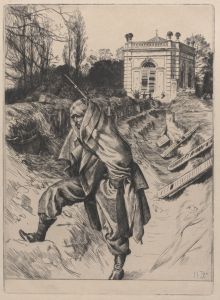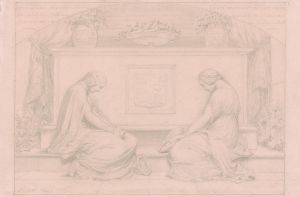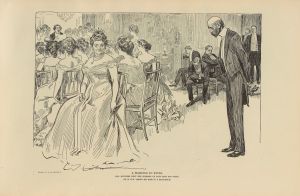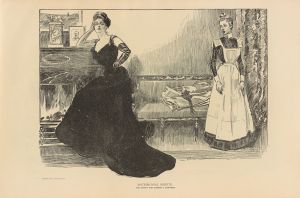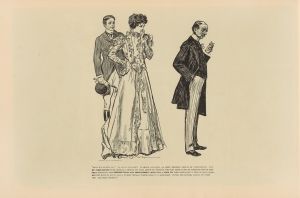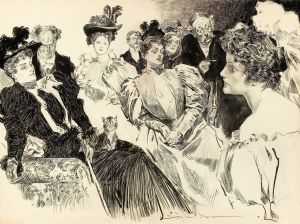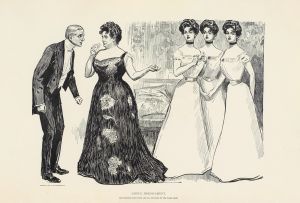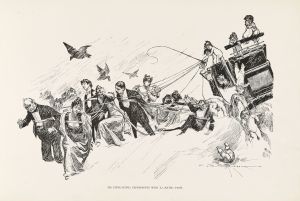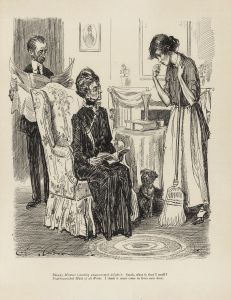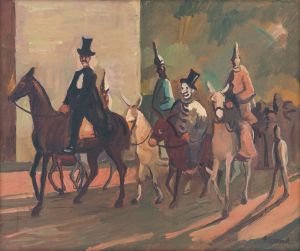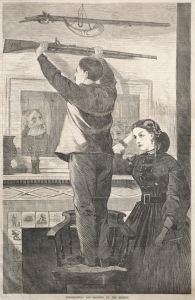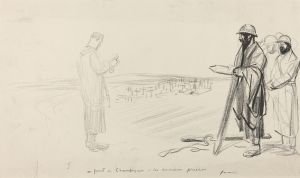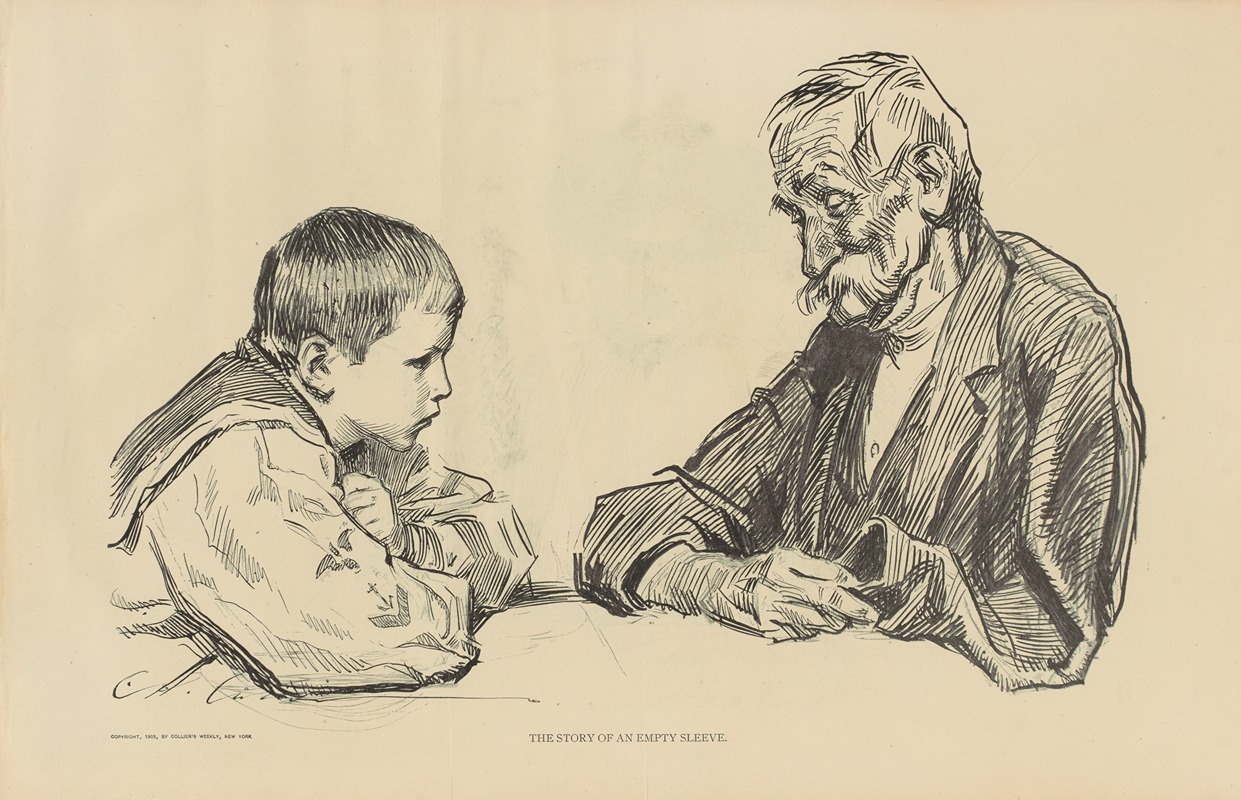
The story of an empty sleeve
A hand-painted replica of Charles Dana Gibson’s masterpiece The story of an empty sleeve, meticulously crafted by professional artists to capture the true essence of the original. Each piece is created with museum-quality canvas and rare mineral pigments, carefully painted by experienced artists with delicate brushstrokes and rich, layered colors to perfectly recreate the texture of the original artwork. Unlike machine-printed reproductions, this hand-painted version brings the painting to life, infused with the artist’s emotions and skill in every stroke. Whether for personal collection or home decoration, it instantly elevates the artistic atmosphere of any space.
Charles Dana Gibson's "The Story of an Empty Sleeve" is a black-and-white illustration created by the renowned American artist and illustrator Charles Dana Gibson (1867–1944). Gibson is best known for his creation of the "Gibson Girl," an iconic representation of the idealized American woman at the turn of the 20th century. While much of Gibson's work focused on social commentary and depictions of fashionable society, "The Story of an Empty Sleeve" stands out as a poignant and evocative piece that addresses themes of sacrifice and resilience.
The illustration, published in the late 19th or early 20th century, depicts a one-armed Civil War veteran recounting his experiences to a group of attentive listeners, including women and children. The title, "The Story of an Empty Sleeve," refers to the veteran's missing arm, symbolized by the empty sleeve of his jacket. The image captures a moment of storytelling, with the veteran's expression and gestures conveying the gravity of his tale. The listeners' rapt attention underscores the emotional weight of the scene, highlighting the personal and societal impact of war.
Gibson's work often reflected the cultural and historical context of his time, and this illustration is no exception. The Civil War (1861–1865) had a profound effect on American society, leaving many soldiers physically and emotionally scarred. "The Story of an Empty Sleeve" serves as a reminder of the sacrifices made by those who fought in the war and the ways in which their experiences were shared and remembered in the years that followed.
The illustration was likely published in a popular magazine of the era, as Gibson's work frequently appeared in publications such as Life and Harper's Weekly. These magazines were widely read and played a significant role in shaping public opinion and cultural narratives during Gibson's career. While specific details about the publication date and context of "The Story of an Empty Sleeve" are not readily available, the piece remains an example of Gibson's ability to capture complex emotions and societal themes through his art.
Charles Dana Gibson's legacy as an illustrator endures, and works like "The Story of an Empty Sleeve" continue to be appreciated for their artistic merit and historical significance.





